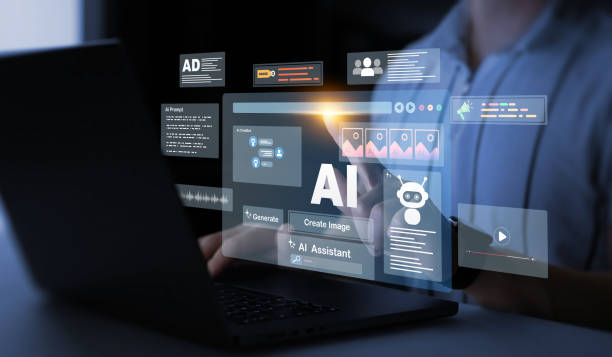An Introduction to On-Page SEO: The Cornerstone of Online Success
![]()
#On_Page_SEO has become more important than ever.
This vital process involves a set of techniques and strategies applied directly to your website pages to improve their ranking in search engines like Google.
The main goal of On-Page SEO is to send clear and understandable signals to search bots about the content of the page.
By doing so, not only do search engines better understand what your page is about, but user experience is also improved, and user engagement with your content increases.
Understanding and correctly implementing the principles of on-page optimization is the first step towards achieving more organic traffic and success in the digital space.
Without sufficient attention to this crucial aspect of SEO, even the best off-page SEO strategies cannot solely bring you to the top of search results.
This is a complete and educational guide to help you optimize your website in the best possible way for search engines and users.
Is your company’s website as professional and trustworthy as it should be? With specialized corporate website design by Rasawp, create an online presence that reflects your credibility and attracts more customers.
✅ Building a powerful and professional image for your brand
✅ Converting visitors into real customers
⚡ Get a free consultation now!
Keyword Research: The Backbone of On-Page SEO

Keyword research is the first and perhaps most important step in any On-Page SEO strategy.
Choosing the right keywords helps you create content that users are actually looking for.
Do you know how to identify high-potential keywords? This is an important and thought-provoking content question whose answer lies in a deep understanding of your audience’s needs.
Beyond searching for keywords with high search volume, you should also pay attention to Long-tail Keywords.
These keywords, although they have lower search volume, more precisely indicate user intent and have a higher conversion rate.
For example, instead of “shoes,” “best running shoes for flat feet” is a long and targeted keyword.
Using tools like Google Keyword Planner, Ahrefs, Semrush, or even Google’s suggested searches can be helpful in this process.
Each keyword must be carefully selected and perfectly match your page’s content for your On-Page SEO strategy to be effective.
This section is specialized and fundamental, determining the success of your SEO campaign.
Optimized URL Structure and its Impact on On-Page SEO
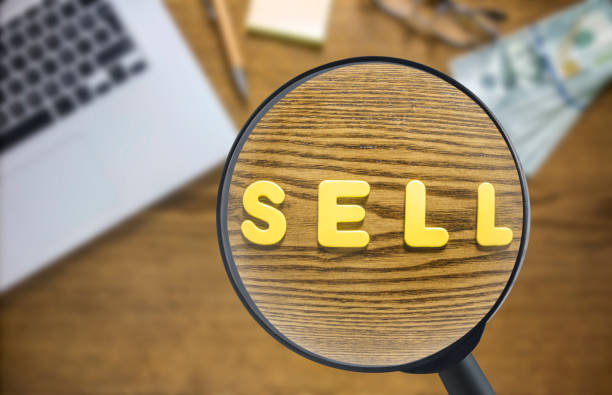
URL structure is an often overlooked but very important component of On-Page SEO.
An optimized URL not only helps search engines better understand your website’s structure but also provides users with information about the page’s content.
A good URL should be short, descriptive, and include the page’s main keyword.
Avoid using special characters, meaningless numbers, and complex parameters.
For example, instead of www.example.com/p?id=123&cat=456, use www.example.com/what-is-on-page-seo.
This is a simple but very effective guidance.
Here is a comparative table for good and bad URLs:
| URL Type | URL Example | Description |
|---|---|---|
| Optimized URL | https://www.example.com/blog/on-page-seo-methods |
Short, readable, contains keyword, logical structure |
| Unsuitable URL | https://www.example.com/page?id=123&cat=blog&title=post-seo |
Long, contains parameters, incomprehensible to user and search engine |
| Optimized URL (Product Content) | https://www.example.com/products/smartphone/iphone-14-pro |
Displays hierarchy, identifies product |
| Unsuitable URL (Product Content) | https://www.example.com/item/140023?type=phone |
Lacks product information, unpredictable |
Implementing these changes may seem a bit time-consuming at first, but their long-term benefits for your On-Page SEO are significant.
This is a crucial aspect of on-page content optimization that should not be underestimated.
Optimizing Title Tags and Meta Descriptions for More Clicks
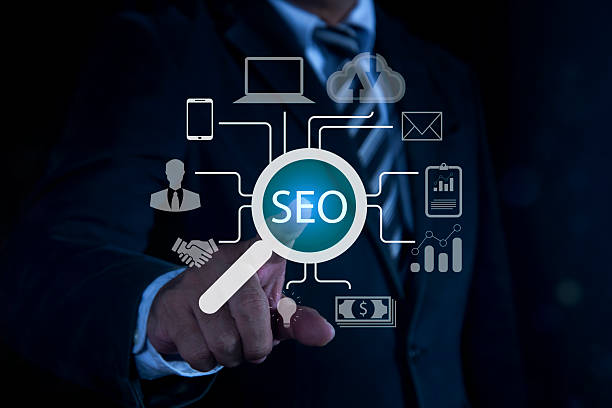
Title Tag and Meta Description are perhaps the most important visible elements in search results and play a vital role in On-Page SEO.
The title tag is the title displayed in the browser tab and as the main link on the Google search results page (SERP).
It should include the main keyword, be engaging, and encourage users to click.
Its length should be between 50 and 60 characters to be fully displayed.
The meta description is a brief description displayed below the title in search results.
This text should be an attractive summary of the page’s content and convince users that your page is the best answer to their needs.
Although the meta description does not directly affect ranking, it influences the click-through rate (CTR), which is an important factor in Google’s algorithms.
This is an explanatory and highly practical aspect of on-page optimization that is often overlooked.
Remember that each page should have its unique title and meta description.
How much does losing business leads due to an unprofessional website cost you? With professional corporate website design by Rasawp, solve this problem forever!
✅ Increasing credibility and trust of potential customers
✅ Easier attraction of new business leads
⚡ Get a free consultation now!
Quality Content and Proper Structuring: The Heart of On-Page SEO
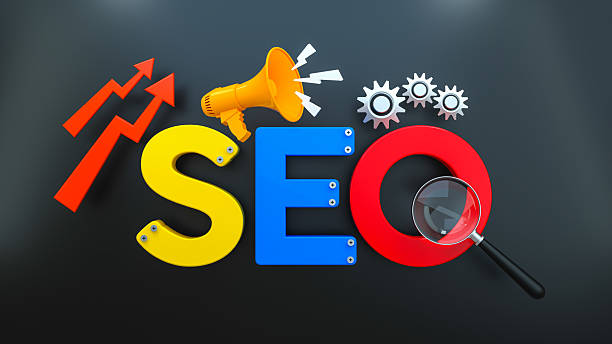
Content is king, and this saying never gets old in the context of On-Page SEO.
Producing high-quality, valuable, unique, and keyword-relevant content is the most fundamental part of on-page optimization.
Your content should not only be optimized for search engines but also be engaging, informative, and understandable for users.
This is an educational and essential recommendation.
Does your content answer users’ questions? Does it provide comprehensive and complete information? Is it readable and logically structured? Using subheadings (H2, H3, H4), short paragraphs, lists, and images significantly helps content readability.
Also, it’s important to regularly update your content to keep it fresh and relevant.
Google loves fresh content, and this is a positive signal for your ranking in On-Page SEO.
Your goal should be to provide an excellent user experience that keeps users on your page for a long time and reduces the bounce rate.
Image Optimization: The Hidden Role in On-Page SEO
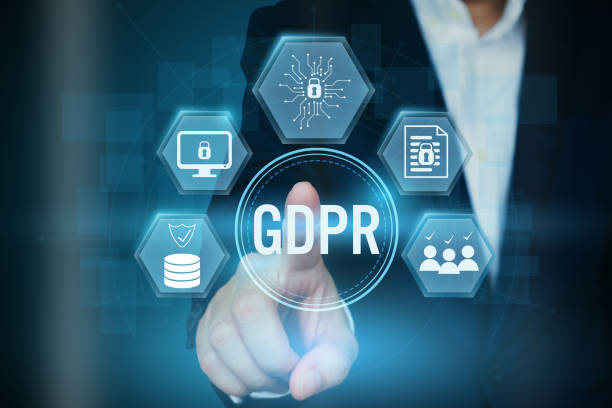
Images play a crucial role in website visual appeal and user experience, but their potential for On-Page SEO is often overlooked.
Image optimization involves several key steps.
First, the image file size should be as small as possible to avoid slowing down page load speed.
Use appropriate formats like WebP or JPEG for web images.
Second, using Alt Text (alternative text) for each image is essential.
Alt Text is a text description of the image that is displayed if the image fails to load, and more importantly, it helps search engines understand the image content.
This text should include relevant keywords but should not be overstuffed.
This is a precise guidance for increasing the visibility of your images in Google Image Search.
Do you know how to optimize image file names as well? Image file names should also be descriptive and include keywords, e.g., “on-page-seo-techniques.jpg”.
These small details collectively help improve your ranking in On-Page SEO.
Internal and External Linking: The Arteries of On-Page SEO
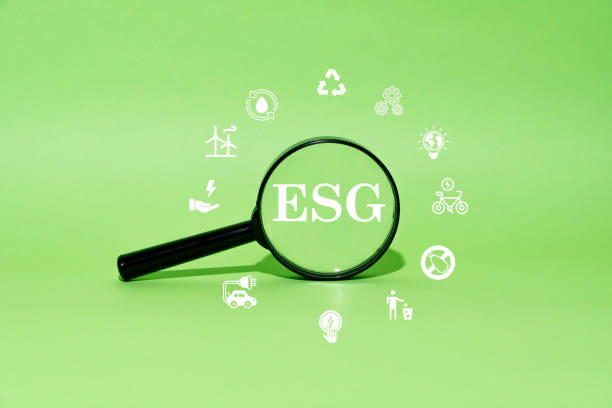
Linking, both internal and external, is considered a cornerstone of On-Page SEO.
Internal links are links that point from one page on your website to another page on the same website.
These links help search engines understand your website’s structure, assess the importance of different pages, and allow users to easily navigate your website.
Using relevant and descriptive Anchor Text for internal links is very important.
For example, instead of “Click here,” use “Complete On-Page SEO Guide.”
External or outbound links are links that point from your website to other (credible and relevant) websites.
These links can help increase your website’s credibility, as they show that you refer to quality sources.
This is an analytical look at the importance of links in improving On-Page SEO metrics.
| Link Type | Primary Goal | Anchor Text Example | Importance in On-Page SEO |
|---|---|---|---|
| Internal Link | Transferring authority and improving navigation | Comprehensive On-Page SEO Guide |
Improving site structure, distributing page authority, reducing bounce rate |
| External Link | Increasing credibility and providing supplementary resources | How Google Search Works |
Indicates content quality and credibility, improves user experience |
| Internal Link (Table of Contents) | Quick access to content sections | Image Optimization |
Improving user experience, helping search engines understand content structure |
Both types of linking are vital for creating a strong and optimized network of content on your website.
Improving Page Load Speed: A Crucial Factor in On-Page SEO
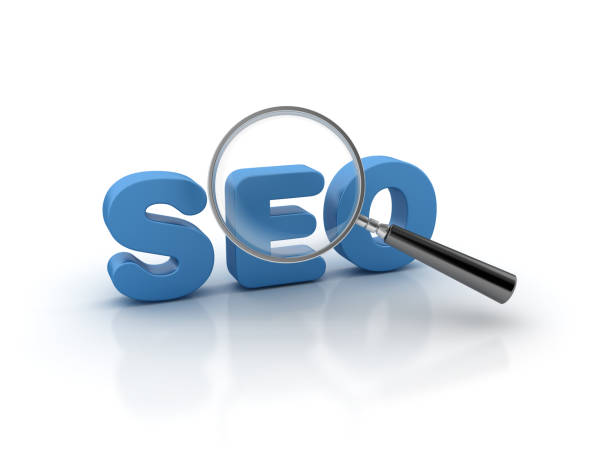
Page Speed is one of the most important factors for user experience and, consequently, On-Page SEO.
Search engines like Google give higher scores to websites that load quickly, as these websites provide a better experience for users.
Users also have little tolerance for slow pages and quickly leave the website.
To improve page speed, there are several methods, including the most specialized ones: image compression, enabling browser caching, reducing the number of HTTP requests, using a CDN (Content Delivery Network), and optimizing CSS and JavaScript codes.
Tools like Google PageSpeed Insights and GTmetrix can help you identify and fix your website’s speed issues.
A fast website not only helps your ranking in On-Page SEO but also increases user conversion rates.
Does your current corporate website not reflect your brand’s credibility and strength as it should? Rasawp solves this challenge for you with professional corporate website design.
✅ Increasing credibility and trust of visitors
✅ Targeted attraction of more customers
⚡ Click to get a free consultation!
The Importance of Mobile Friendliness in On-Page SEO and User Experience

With the increasing use of mobile phones to access the internet, Mobile-Friendliness has become an essential and important factor in On-Page SEO.
For years, Google has adopted a Mobile-First Indexing approach, meaning it considers the mobile version of your website as the primary version for evaluation and ranking.
Therefore, if your website is not optimized for mobile, it may drop in search results.
A responsive website that adapts well to different screen sizes is the best solution.
Is your website easily viewable and navigable on smartphones? Buttons and links should be large enough to be easily clickable, and text should be readable.
This is a key guidance to ensure your accessibility and success in On-Page SEO.
Using Google’s Mobile-Friendly Test tool can help you check your website’s status.
Monitoring and Analyzing On-Page SEO Performance: Maintaining Competitive Edge

After applying all On-Page SEO techniques, your work is not over.
Continuous monitoring and performance analysis are the final and crucial steps to maintain and improve your ranking.
Have the changes you implemented brought the desired results? Has your organic traffic increased? Has the bounce rate decreased? Using tools like Google Analytics and Google Search Console is essential for monitoring traffic, keywords, click-through rates, and technical issues of your website.
This analytical section helps you adjust your strategies based on real data and identify strengths and weaknesses.
On-page optimization is an ongoing process and requires updates and adaptation to changes in Google’s algorithms and user behavior.
By continuously reviewing, you can stay ahead of competitors and always remain at the top of search results.
This can also be a fun part, as every small improvement is exciting and indicates the success of your On-Page SEO strategy.
Frequently Asked Questions
| Question | Answer |
|---|---|
| What is On-page SEO? | On-page SEO refers to a set of actions performed within the website and on page content to achieve a better ranking in search results. |
| Why is On-page SEO important for a website? | On-page SEO helps search engines better understand your page’s content and assess its importance. It also provides a better user experience for visitors. |
| What are the most important On-page SEO factors? | Key factors include keyword optimization, content quality, Title Tag, Meta Description, URL structure, Heading Tags (H1-H6), internal linking, and image optimization. |
| What role does the Title Tag play in On-page SEO? | The Title Tag is one of the most important On-page SEO factors that displays your page title in search results and browser tabs. It should include the main keyword and be engaging. |
| What is the importance of Meta Description in On-page SEO? | The Meta Description provides a summary of the page’s content, and although it doesn’t directly impact ranking, it can increase the click-through rate (CTR) by encouraging users to click. |
| How are keywords used in On-page SEO? | Keywords are phrases users employ to search for information in search engines. Their proper and natural use in content helps the search engine understand the page’s topic. |
| What is internal linking and what is its benefit in On-page SEO? | Internal linking means creating links between different pages of a website. This helps distribute page authority, assists search bots in crawling, and improves user experience. |
| How does image optimization affect On-page SEO? | Image optimization includes compressing file size, using appropriate Alt tags, and proper file naming. This improves page load speed and helps search engines understand image content. |
| What does quality content mean in On-page SEO? | Quality content means content that is comprehensive, accurate, unique, up-to-date, and user-friendly, and meets users’ needs. |
| What role does URL structure play in On-page SEO? | Readable, short URLs that include the main keyword help search engines and users better understand the page content and improve user experience. |
And other advertising services of Rasawp Advertising Agency
Smart Content Strategy: A combination of creativity and technology to increase click-through rates through SEO-driven content strategy.
Smart Custom Software: An innovative service to increase user engagement through SEO-driven content strategy.
Smart SEO: Revolutionize online growth with Google Ads management.
Smart Marketing Automation: An innovative service to increase customer acquisition through SEO-driven content strategy.
Smart Google Ads: Revolutionize campaign management with SEO-driven content strategy.
And over hundreds of other services in the field of internet advertising, advertising consultation, and organizational solutions
Internet Advertising | Advertising Strategy | Advertorial
Sources
On-Page SEO Tutorial on Aparat
What is On-Page SEO?
The A to Z of On-Page SEO
Comprehensive On-Page SEO Guide
? For your business to reach its peak in the digital world and have a powerful and influential presence, Rasawp Afarin Digital Marketing Agency, specializing in key areas such as user-friendly website design, Search Engine Optimization (SEO), and targeted advertising campaigns, smooths your path to growth.
📍 Tehran, Mirdamad Street, next to Bank Markazi, Southern Kazerun Alley, Ramin Alley, No. 6




